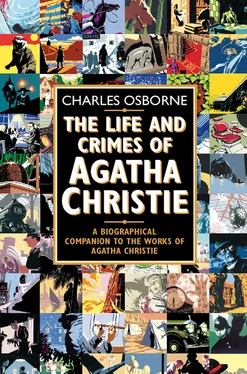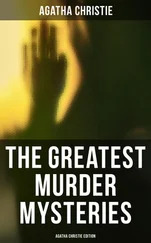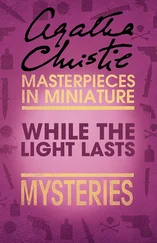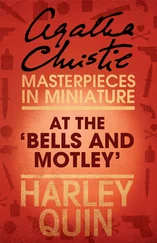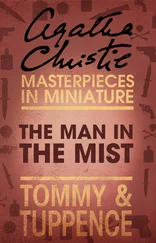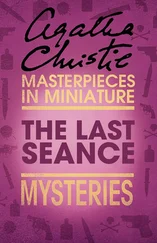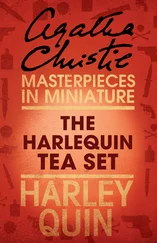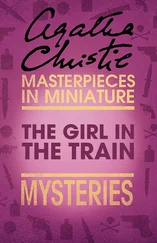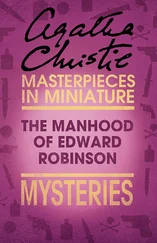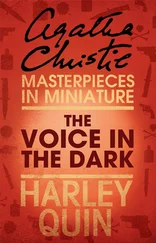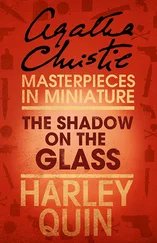One of the best stories in Poirot Investigates is ‘The Kidnapped Prime Minister’. It is also one in which we learn something more of the author’s political opinions, or opinions which it seems reasonably safe to attribute to the author even though she issues them through the mouths of her characters and not by way of authorial comment. It is unlikely that, in 1923, any irony was intended in the opening sentence of the story (even a story narrated by the not very shrewd Hastings), which begins, ‘Now that war and the problems of war are things of the past…’ But pacifism takes a knocking at more than one point in the story, and the statement made by someone meant to be a leading British politician that ‘the Pacifist propaganda, started and maintained by the German agents in our midst, has been very active’ seems to be accepted by Poirot and Hastings without modification. The politician is ‘Lord Estair, Leader of the House of Commons’. Is it, in fact, possible for a nobleman to lead the House of Commons? Apparently, if his is a courtesy title.
It is in ‘The Kidnapped Prime Minister’ that Poirot most clearly describes his method. He has declined to leap into a military car at Boulogne and set off in pursuit of the kidnappers:
He shot a quick glance at us. ‘It is not so that the good detective should act, eh? I perceive your thought. He must be full of energy. He must rush to and fro. He should prostrate himself on the dusty road and seek the marks of tyres through a little glass. He must gather up the cigarette-end, the fallen match? That is your idea, is it not?’
His eyes challenged us. ‘But I – Hercule Poirot – tell you that it is not so! The true clues are within – here !’ He tapped his forehead. ‘See you, I need not have left London. It would have been sufficient for me to sit quietly in my rooms there. All that matters is the little grey cells within. Secretly and silently they do their part, until suddenly I call for a map, and I lay my finger on a spot – so – and I say: the Prime Minister is there! and it is so!’
Nevertheless, when it suits him Poirot is not at all averse to snooping about, gathering up the cigarette-end and the fallen match. He has sufficient confidence and vanity to contradict himself whenever he feels like it. In these early stories, he is at his most Holmesian, and the parallels with the minutiae of the Conan Doyle stories are most noticeable. Hastings, similarly, has become more Watsonian than ever, and in some of the stories Mrs Christie treats his relationship with Poirot mechanically. In addition to the stories already mentioned, the volume contains ‘The Adventures of “The Western Star” ’, ‘The Tragedy at Marsdon Manor’, ‘The Adventure of the Cheap Flat’, ‘The Mystery of Hunter’s Lodge’, ‘The Million Dollar Bond Robbery’, ‘The Jewel Robbery at the Grand Metropolitan’ and ‘The Disappearance of Mr Davenheim’.
All fourteen stories were adapted for television in the series which featured David Suchet as Poirot, and were first transmitted on London Weekend TV on various dates between 1990 and 1993.
The Road of Dreams POEMS (1924)
Ever since she was a child, Agatha Christie had written poetry. One of her earliest efforts, written at the age of eleven, begins: ‘I knew a little cowslip and a pretty flower too,/Who wished she was a bluebell and had a robe of blue.’ In her teens, she had occasional poems published in magazines, and by the time she was in her mid-thirties there were enough of them to be gathered into a slim volume which, in 1924, the London publishing house of Geoffrey Bles published, under the title of The Road of Dreams. This was also the title of one of the poems in the volume (‘The Road of Dreams leads up the Hill/So straight and white/And bordered wide/With almond trees on either side/In rosy flush of Spring’s delight! …’)
Agatha Christie’s talent for poetry was genuine, but modest and of no startling originality: the finest poetry is made not out of feelings but out of words, and Agatha Christie was not sufficiently in love with words to become a poet of real distinction. She did, however, enjoy relieving her feelings in verse and, in doing so, occasionally produced a pleasant little lyric poem.
The Road of Dreams is divided into four sections. The first, ‘A Masque from Italy’, is a sequence of nine poems or ‘songs’ to be performed by the commedia dell’ arte characters, Harlequin and Columbine, Pierrot and Pierrette, Punchinello and Pulcinella. Written when Agatha was in her late teens, the Harlequin poems have a certain wistfulness which is appealing. They are of interest, too, in that they anticipate the Harlequin element which was later to creep into some of her short stories, those involving that mysterious character Mr Harley Quin.
The second section of the volume, ‘Ballads’, consists of six poems, among them ‘Elizabeth of England’ (‘I am Mistress of England – the Seas I hold!/I have gambled, and won, alone …’), which is presumably one of the author’s teenage efforts, and ‘Ballad of the Maytime’, a fey little ballad about bluebells which Mrs Christie wrote in 1924 in Sunningdale.
One or two of the eight poems in ‘Dreams and Fantasies’, the third section of the volume, are romantically death-obsessed – Keats’ ‘La belle dame sans merci’ is not too far away – and one of them, ‘Down in the Wood’, which forty years later Mrs Christie still liked sufficiently to reprint in her autobiography, is rather good, with a last line that lingers in the memory: ‘And Fear – naked Fear passes out of the wood!’ The volume’s final section, ‘Other Poems’, consists of thirteen poems written at various times, about the passing of love, the horror of war and the romance of the unknown. Again, there is a certain amount of evidence that the poet is ‘half in love with easeful death’:
Give me my hour within my Lover’s arms!
Vanished the doubts, the fears, the sweet alarms!
I lose myself within his quickening Breath.…
And when he tires and leaves me – there is Death …
Mystery is never completely absent from any aspect of Agatha Christie’s world, and there are one or two minor mysteries connected with this innocuous volume. The crime writer Michael Gilbert in an article on Agatha Christie 9 Конец ознакомительного фрагмента. Текст предоставлен ООО «ЛитРес». Прочитайте эту книгу целиком, купив полную легальную версию на ЛитРес. Безопасно оплатить книгу можно банковской картой Visa, MasterCard, Maestro, со счета мобильного телефона, с платежного терминала, в салоне МТС или Связной, через PayPal, WebMoney, Яндекс.Деньги, QIWI Кошелек, бонусными картами или другим удобным Вам способом.
mentions the volume’s title poem, ‘The Road of Dreams’, and quotes two stanzas from it. But the stanzas he quotes are part of a completely different poem in the volume, a poem called ‘In a Dispensary’ which Agatha Miller wrote in her mid-twenties when she was working in the hospital dispensary in Torquay.
Mystery number two is provided by the author of a book described as ‘an intimate biography of the first lady of crime’ 10 Конец ознакомительного фрагмента. Текст предоставлен ООО «ЛитРес». Прочитайте эту книгу целиком, купив полную легальную версию на ЛитРес. Безопасно оплатить книгу можно банковской картой Visa, MasterCard, Maestro, со счета мобильного телефона, с платежного терминала, в салоне МТС или Связной, через PayPal, WebMoney, Яндекс.Деньги, QIWI Кошелек, бонусными картами или другим удобным Вам способом.
who says that Agatha Christie exposed her love for Max Mallowan ‘for all the world to see in a poem entitled “To M.E.L.M. in Absence” in The Road of Dreams (1924)’. But there is no such poem in The Road of Dreams, and Agatha Christie did not meet Max Mallowan until several years after 1924: to be precise, in 1930.
Читать дальше
